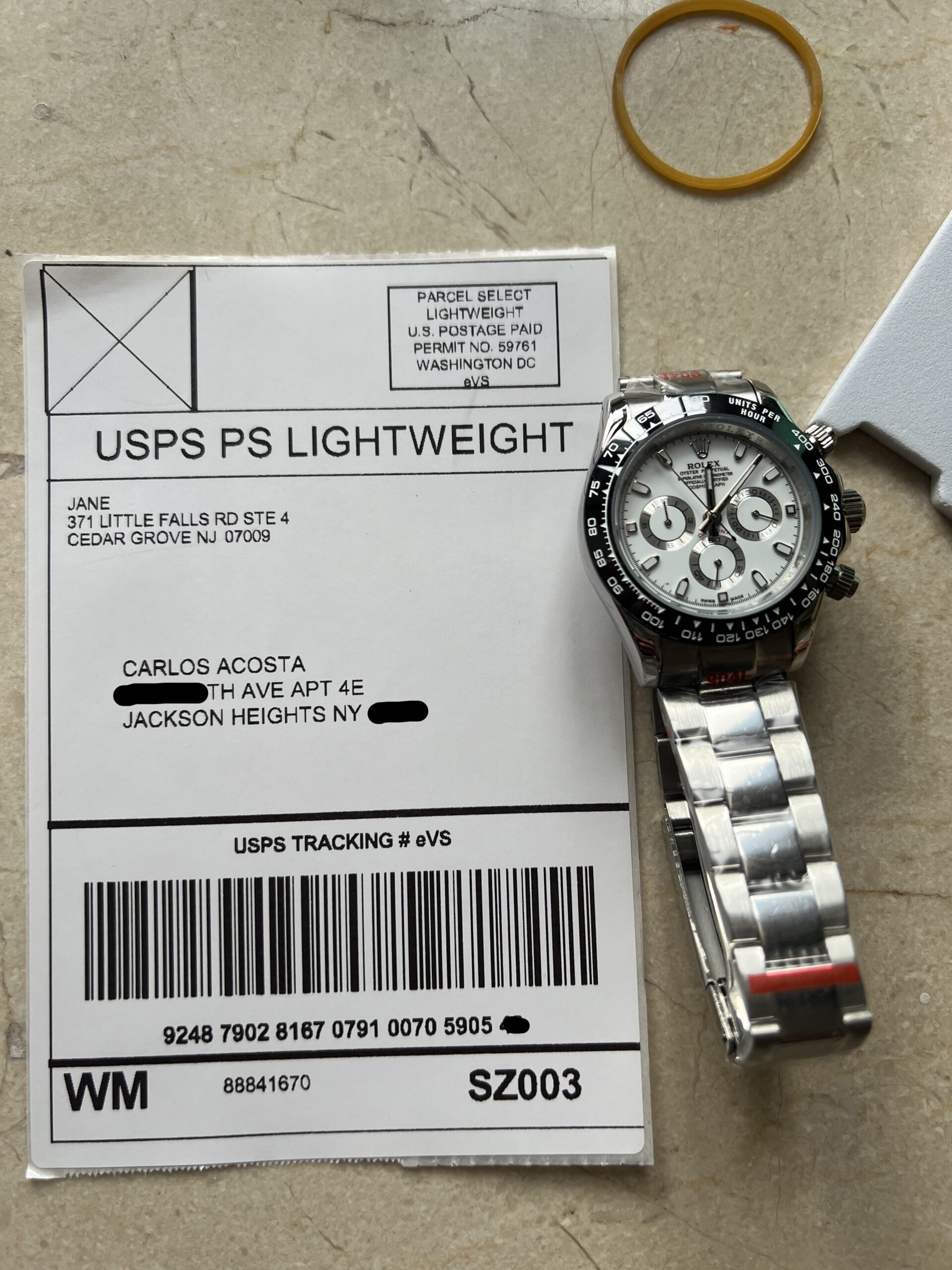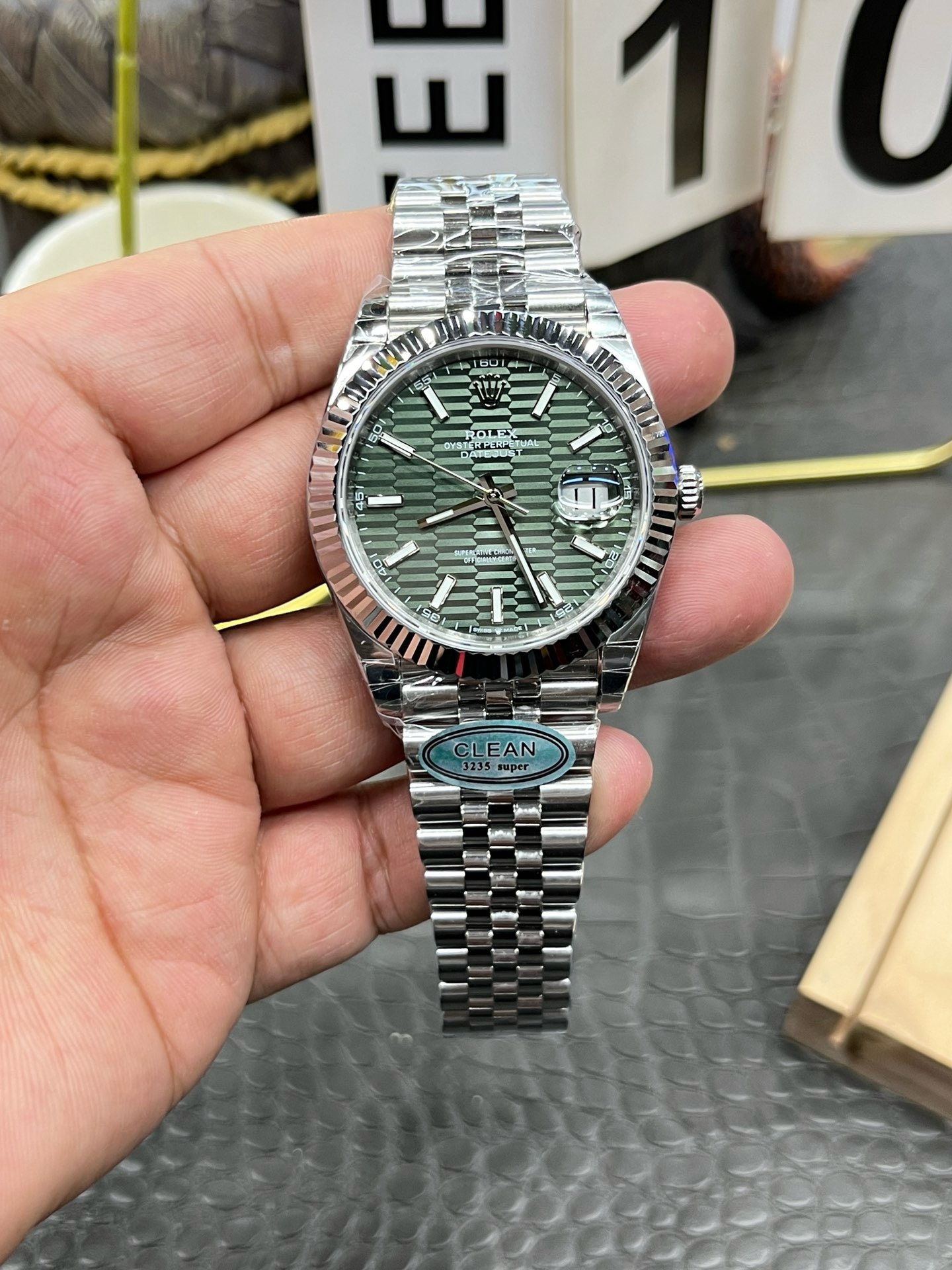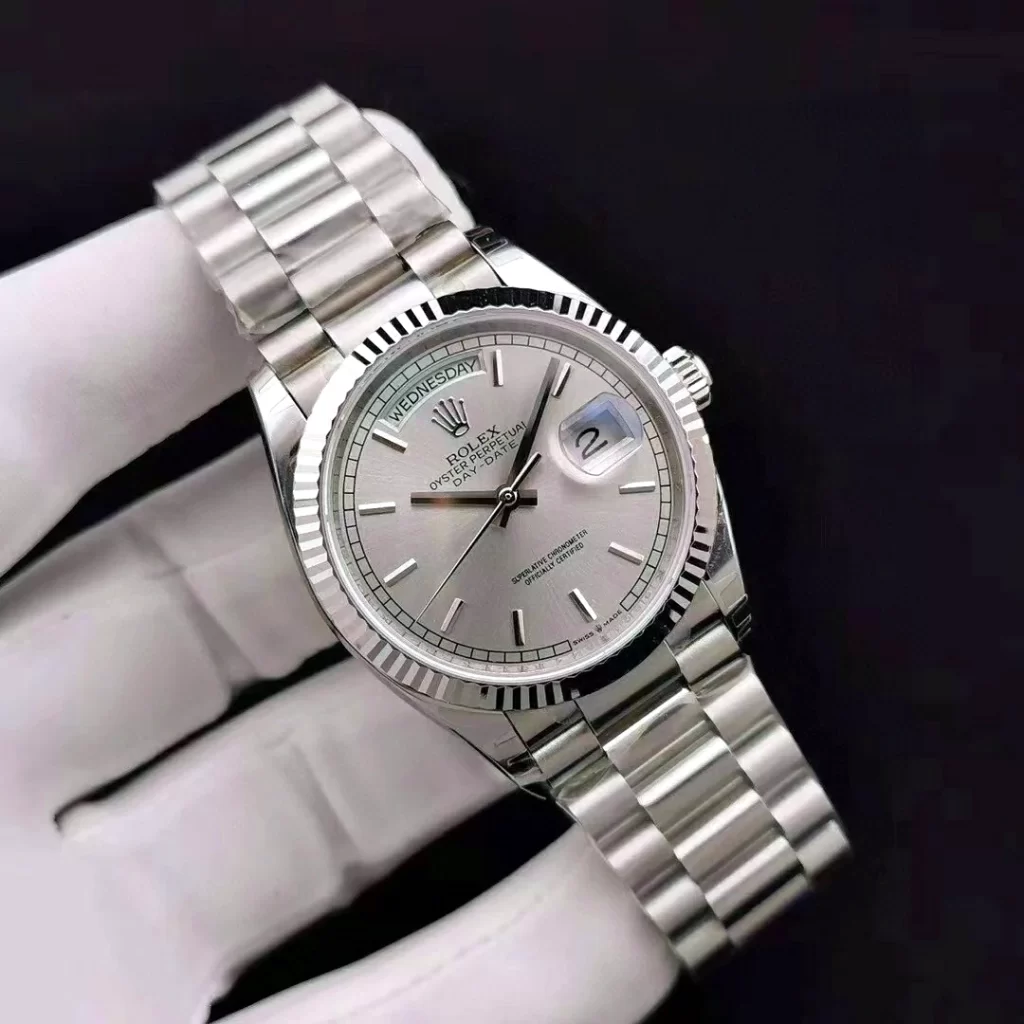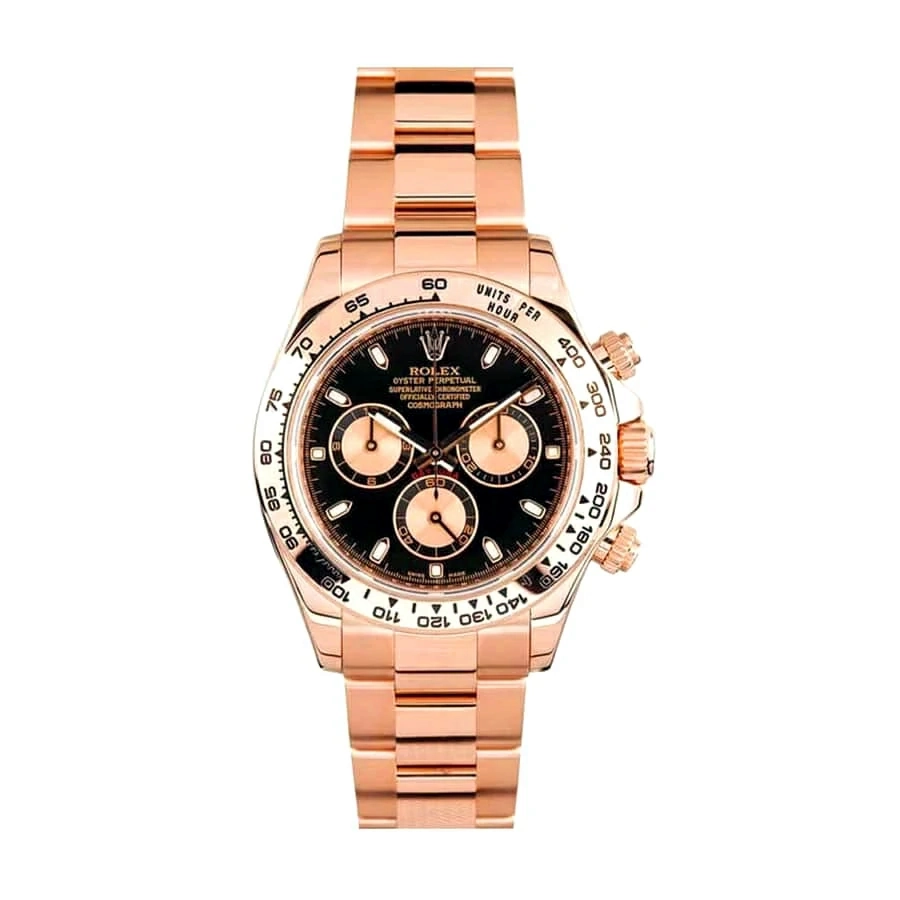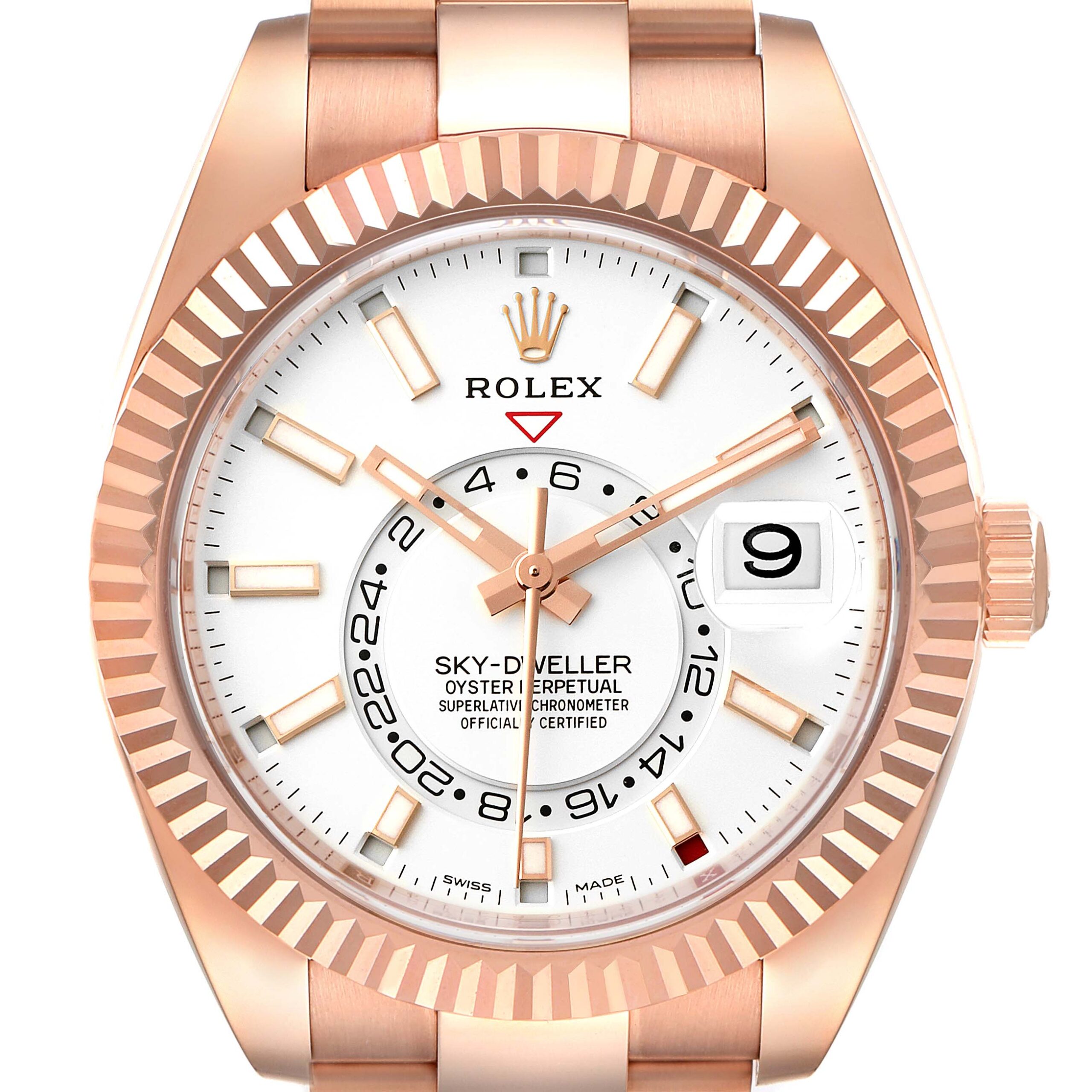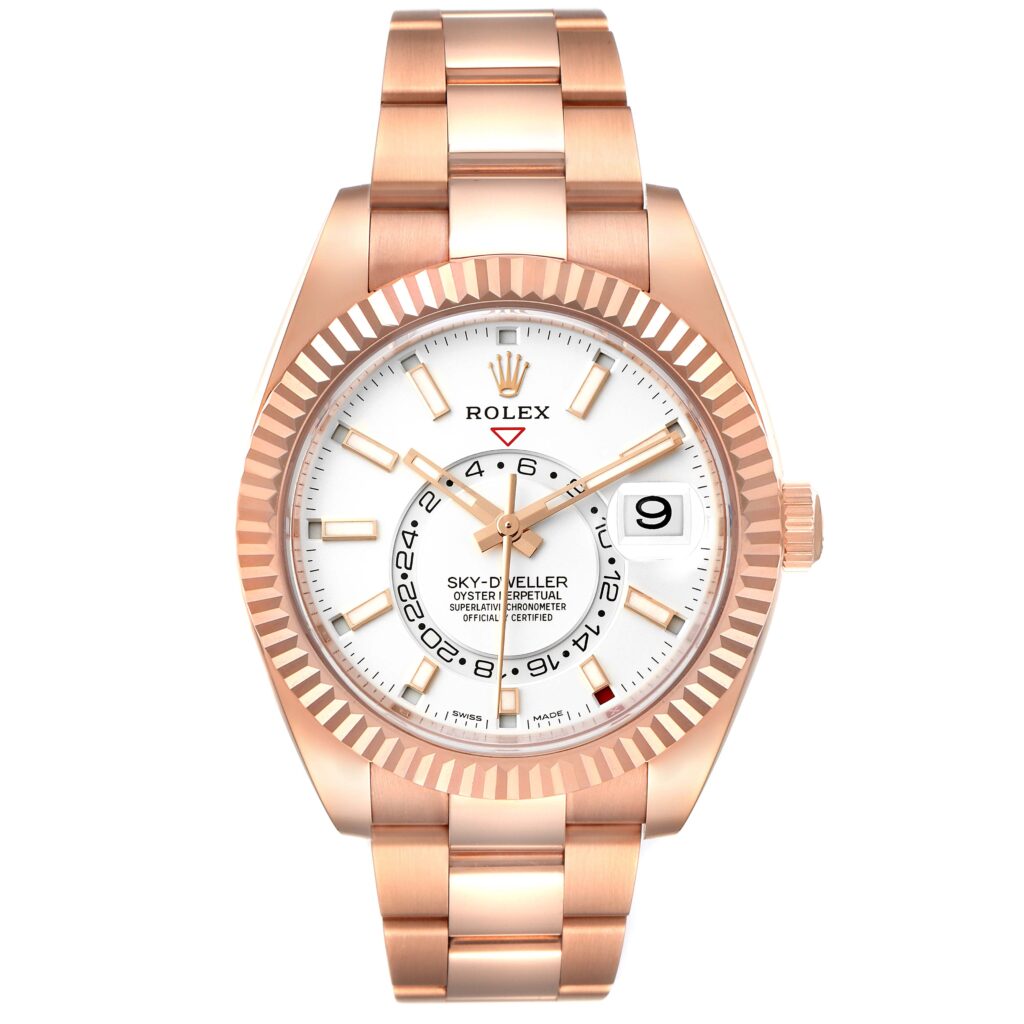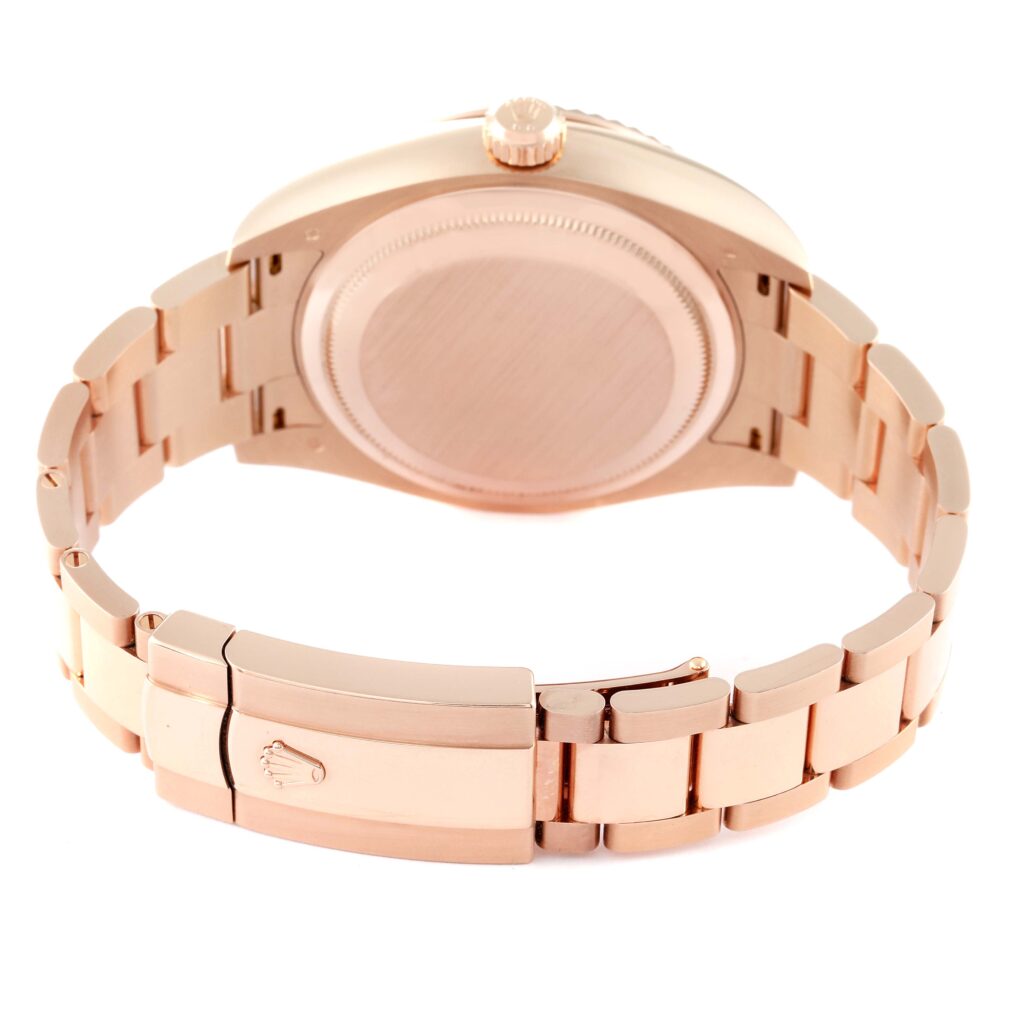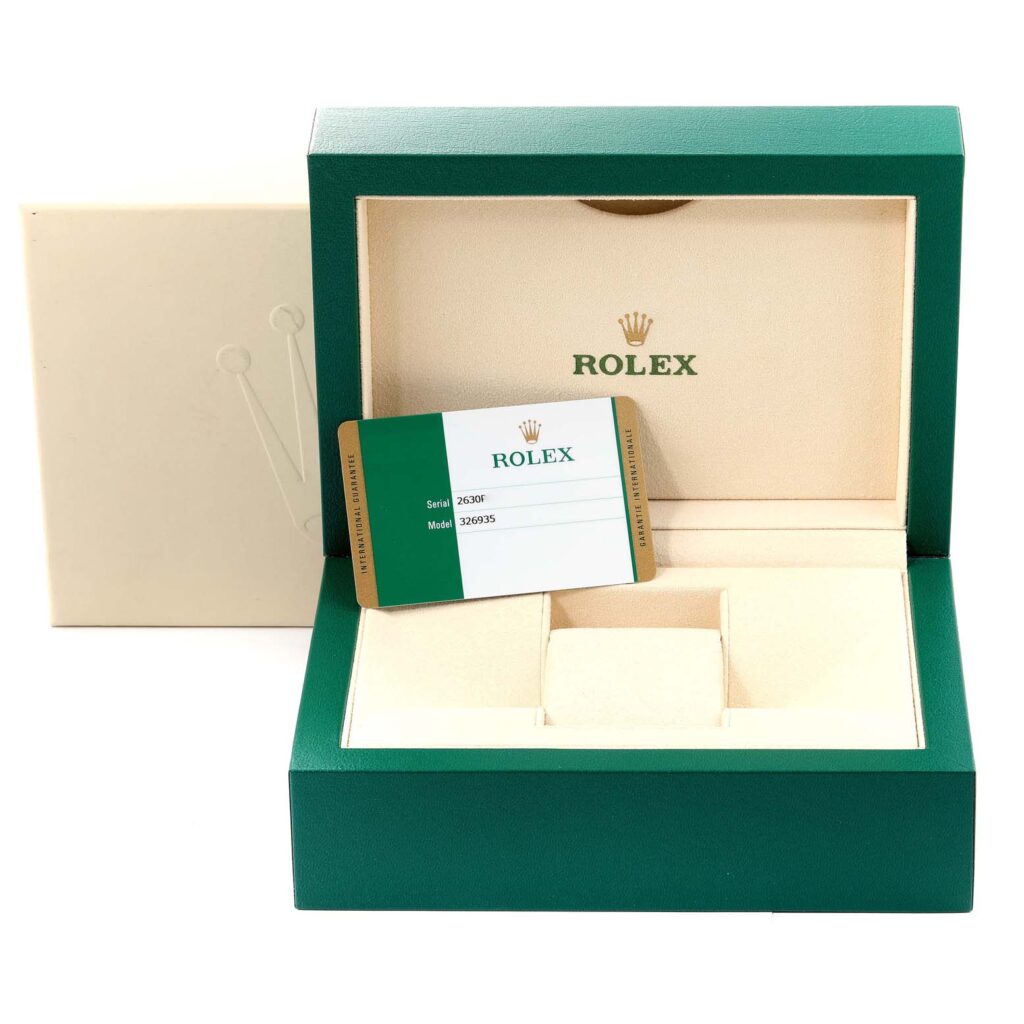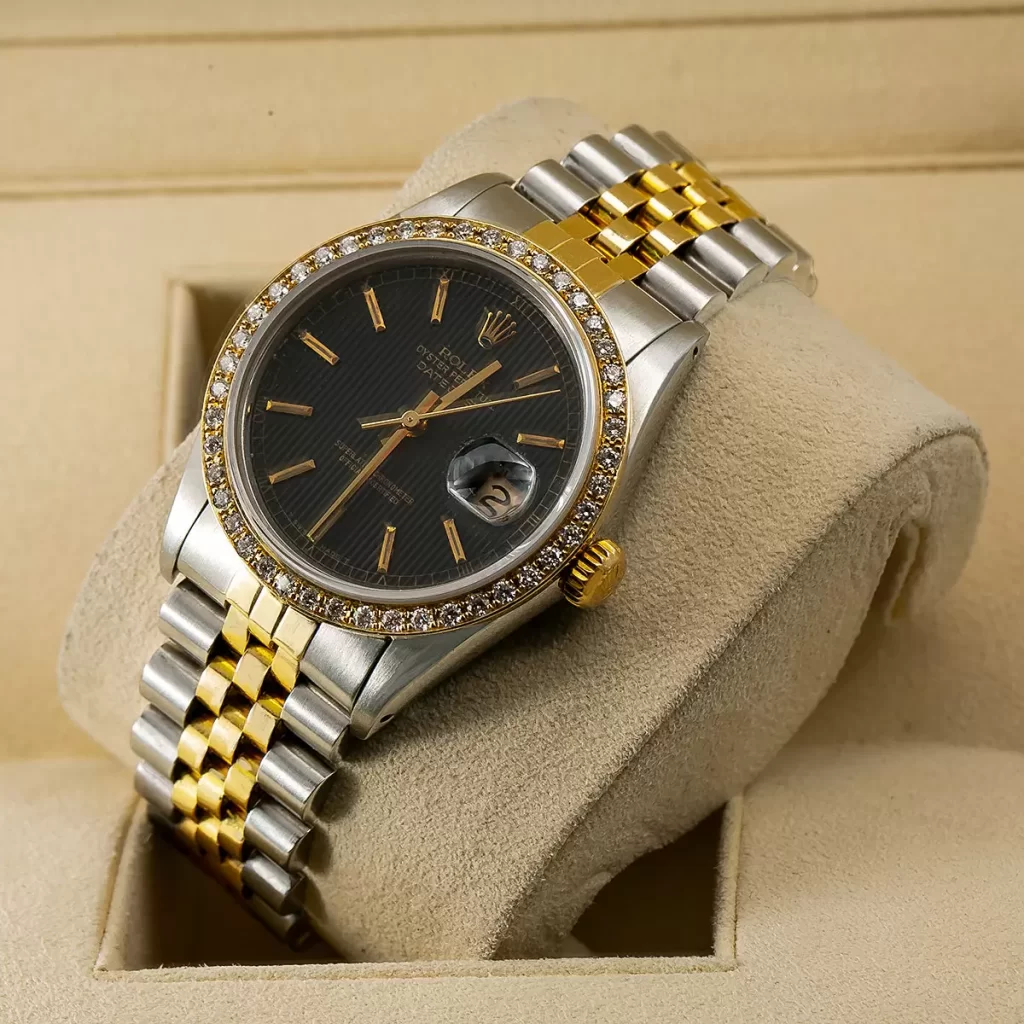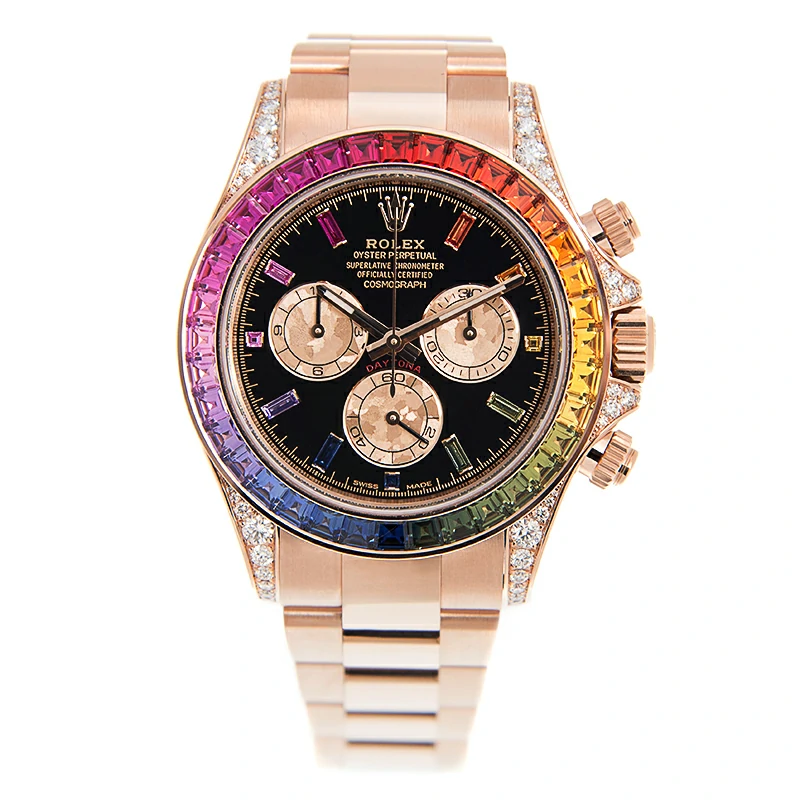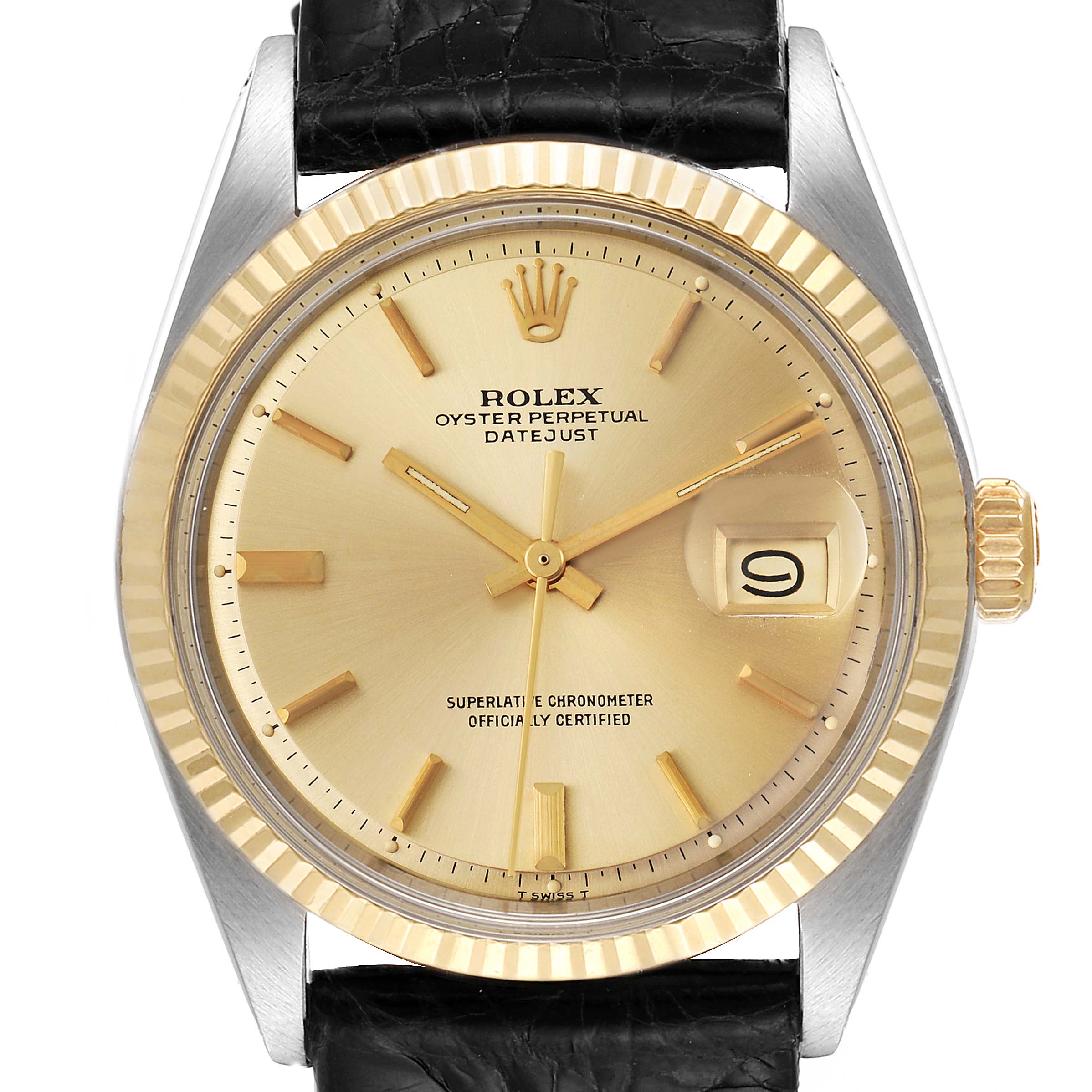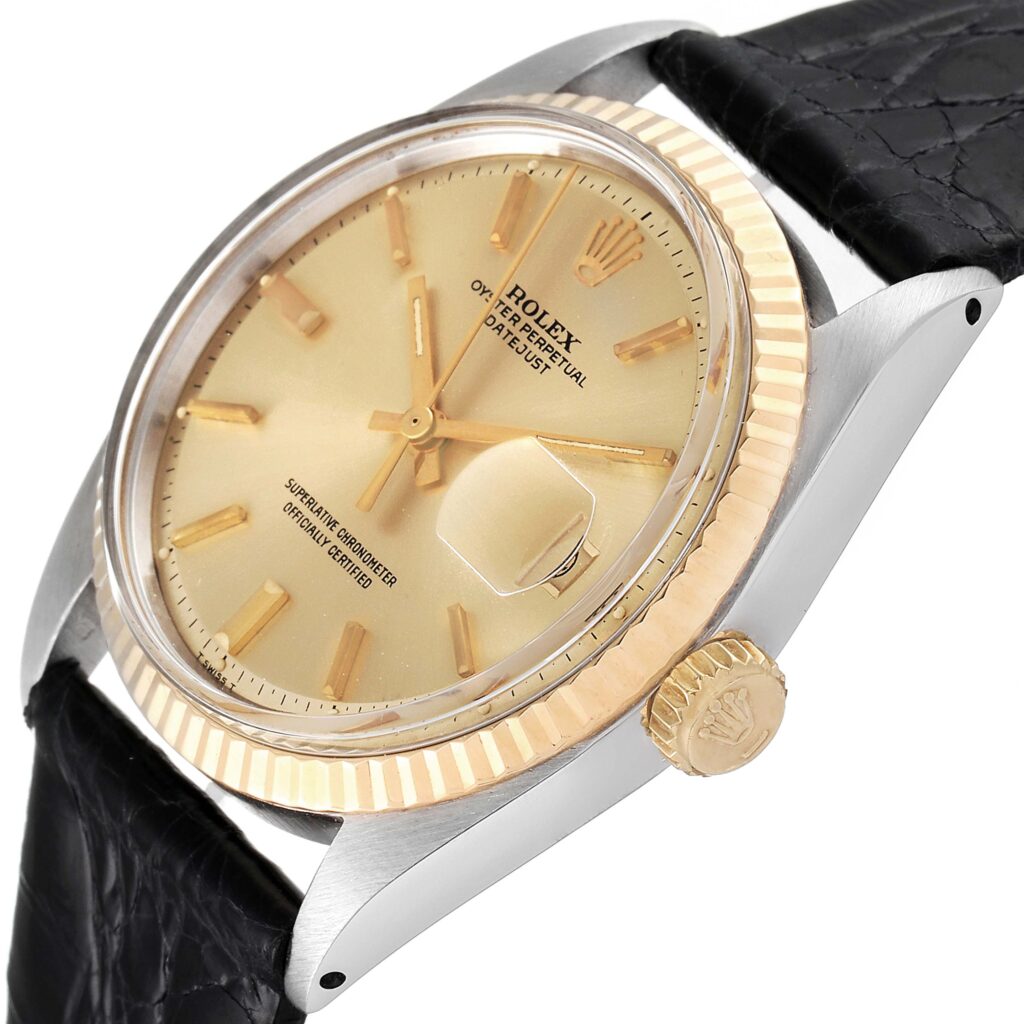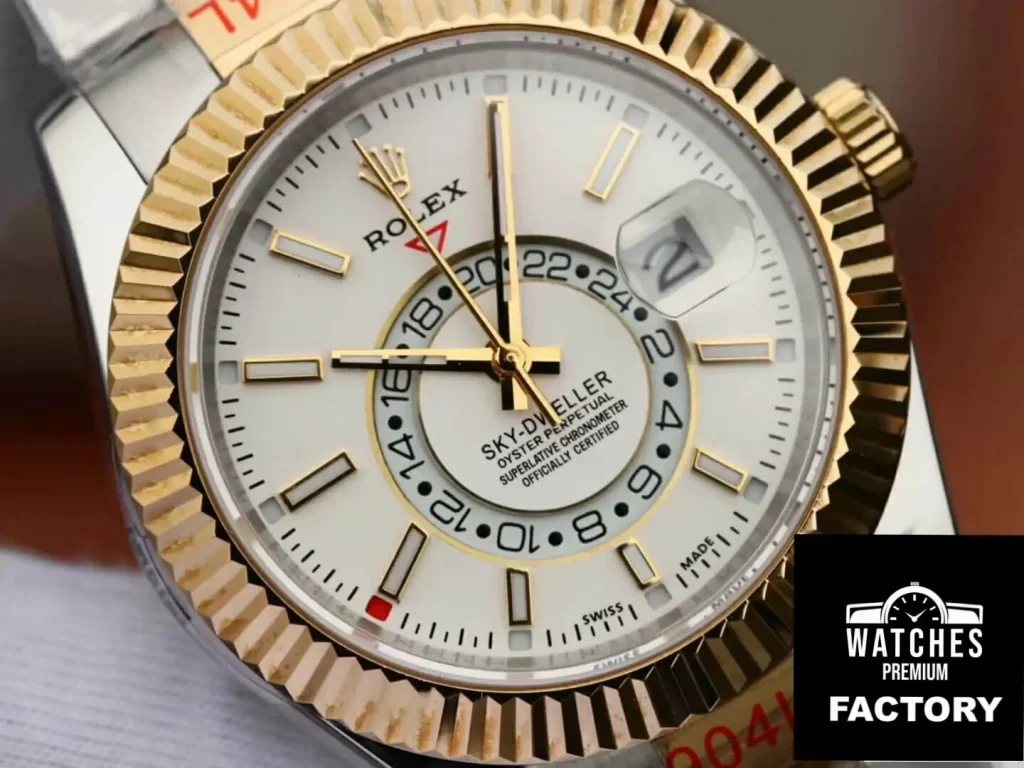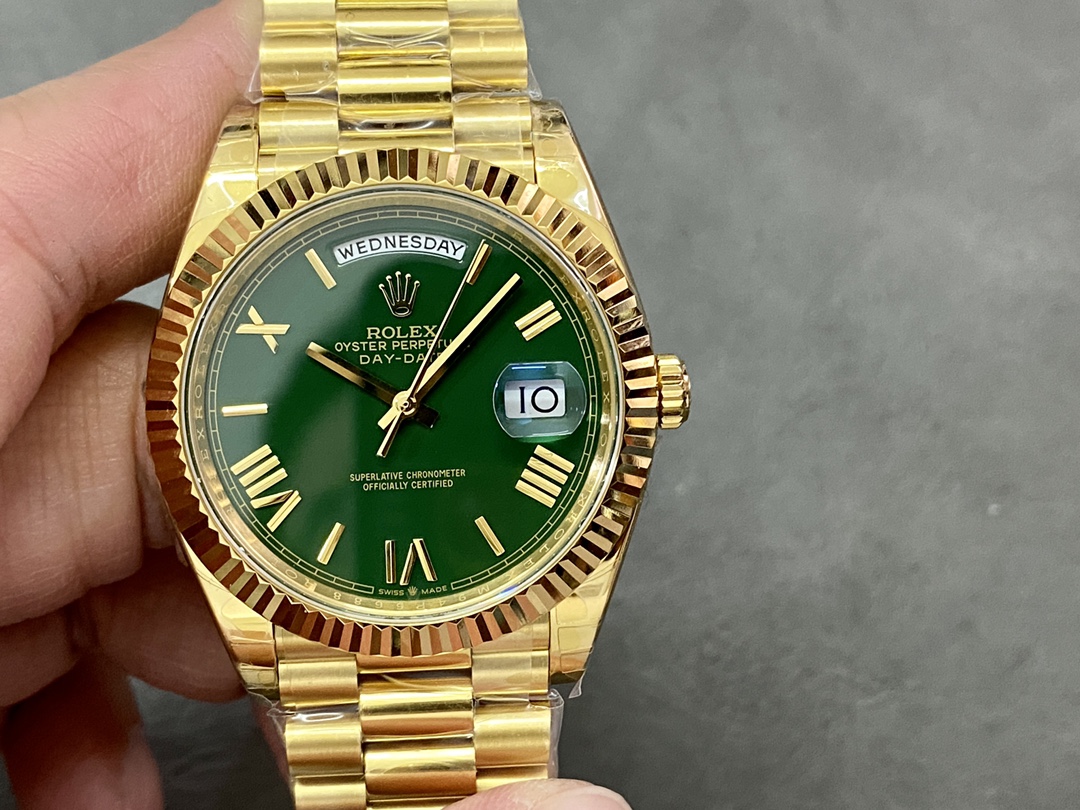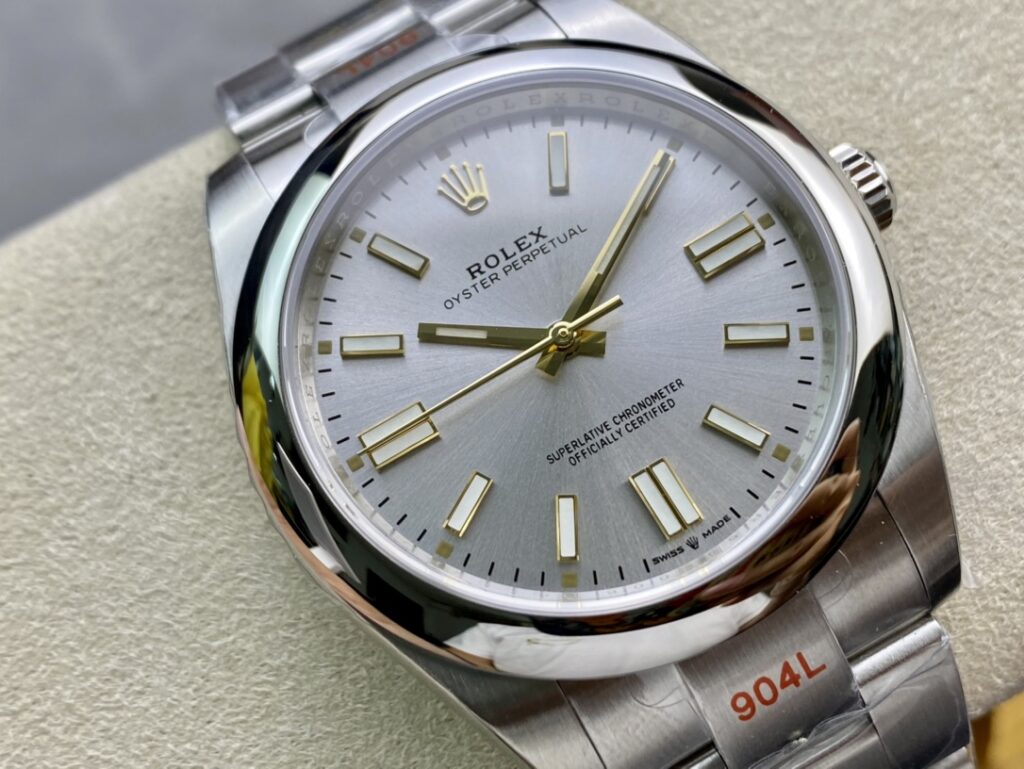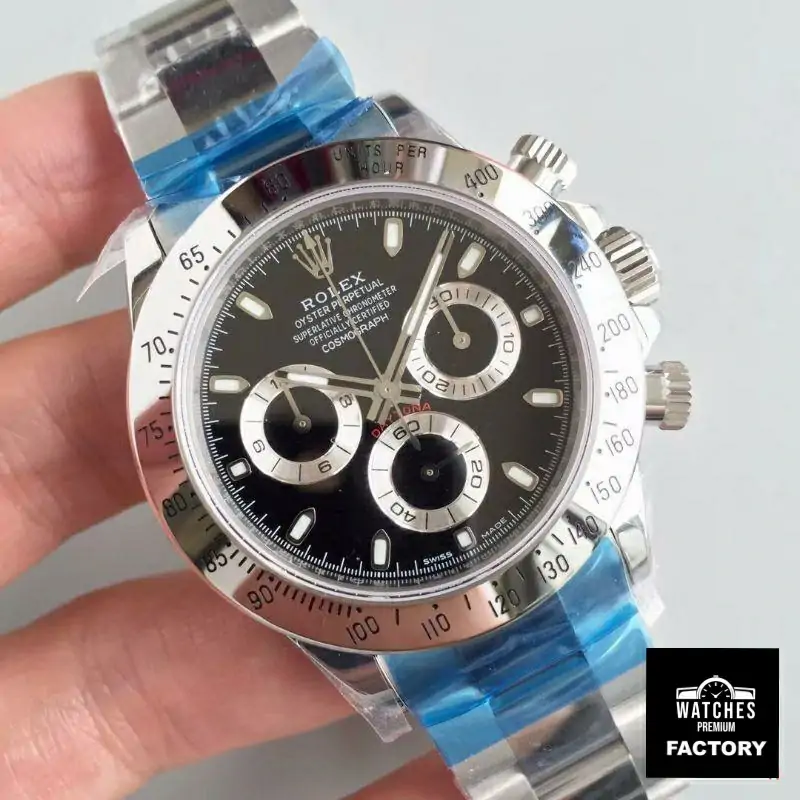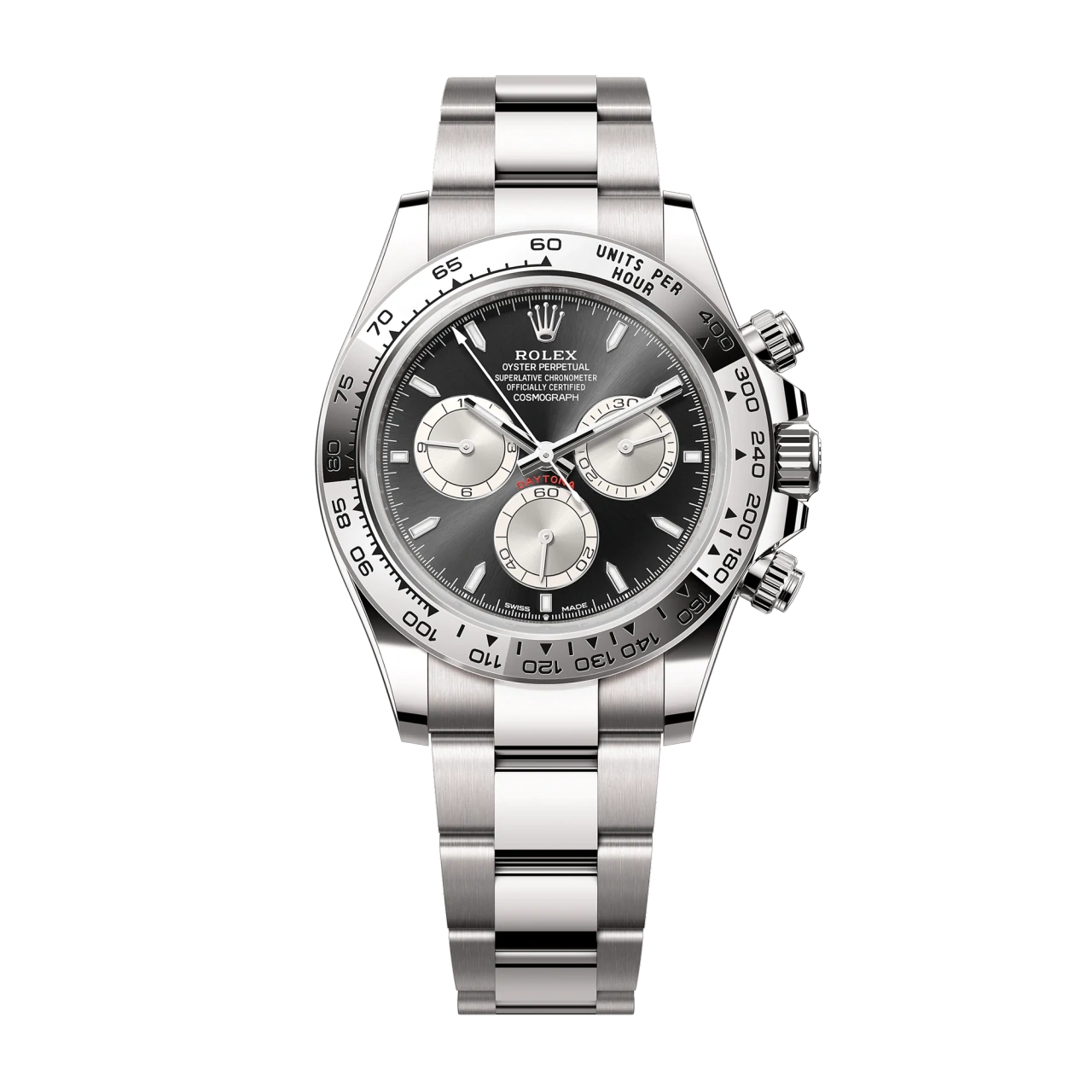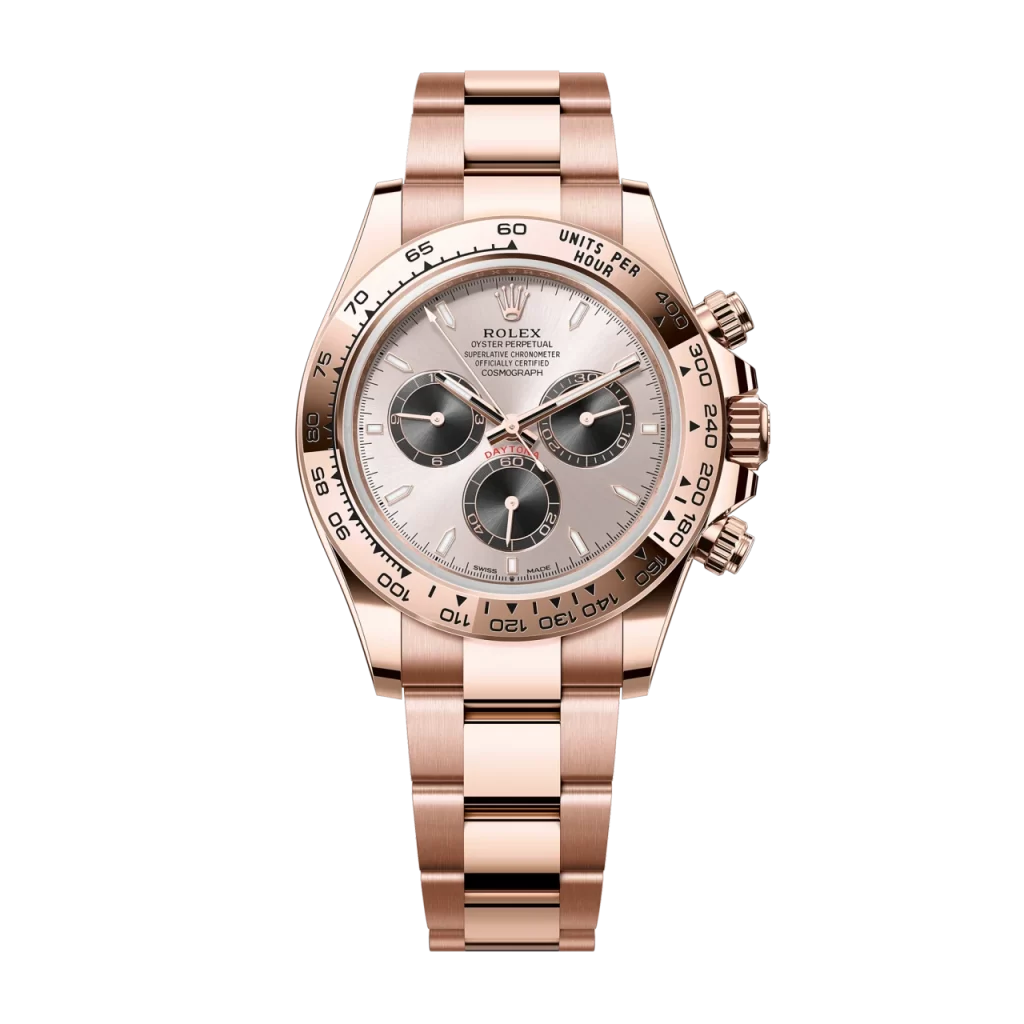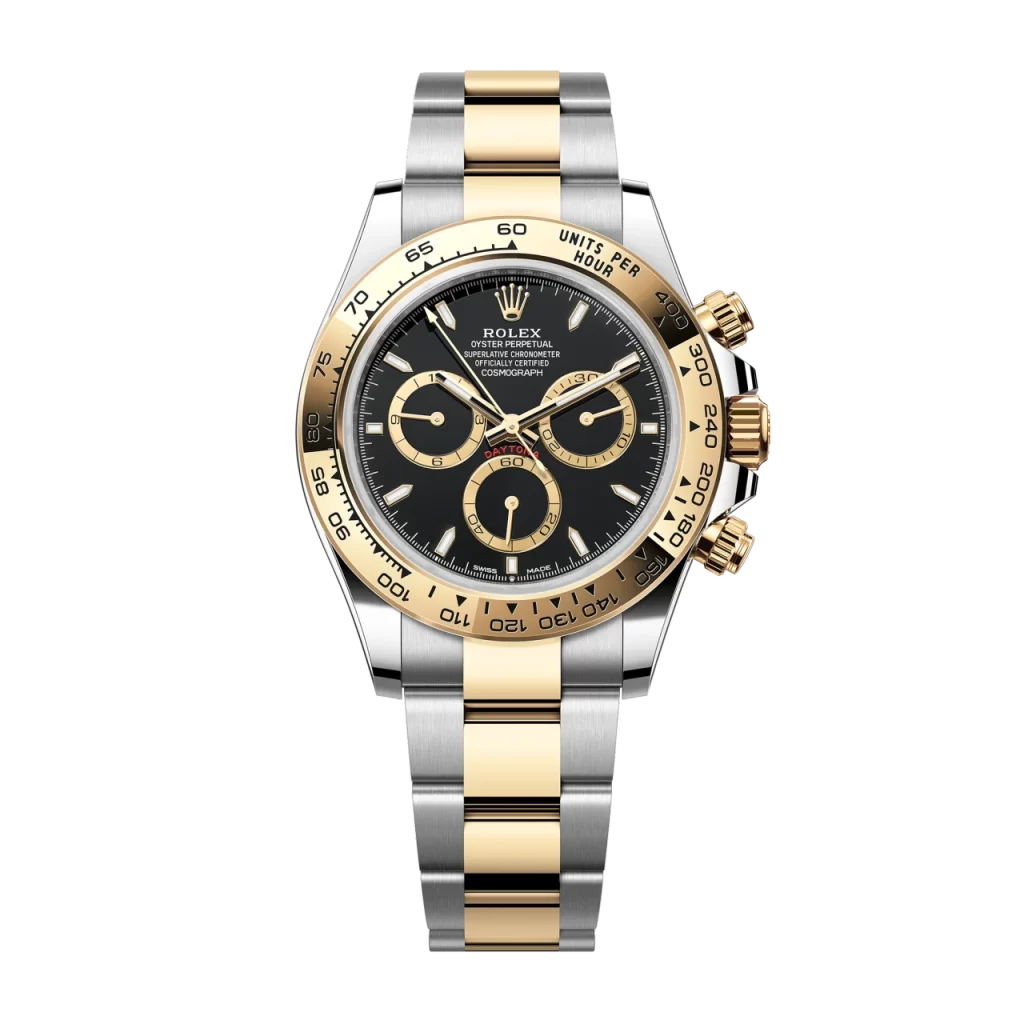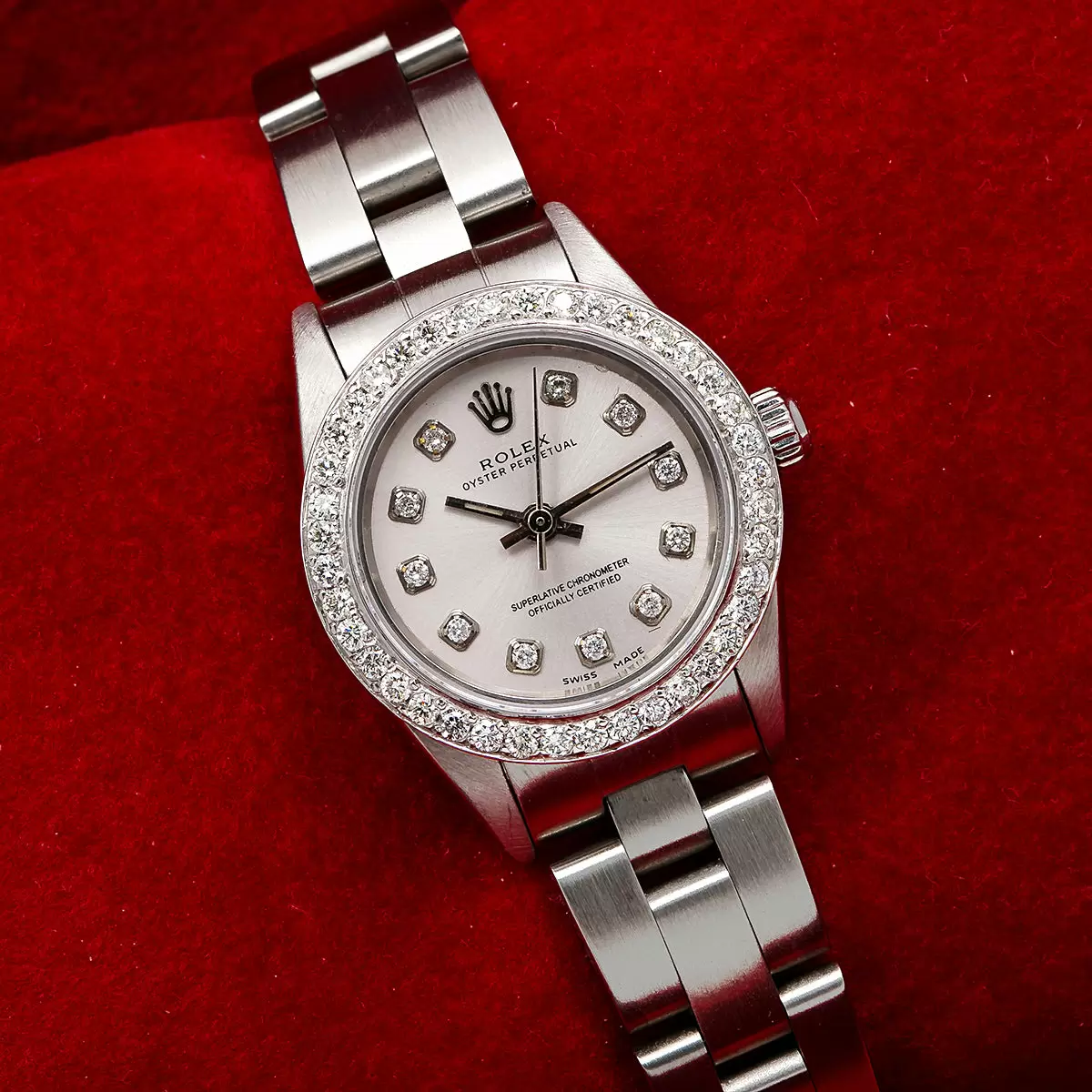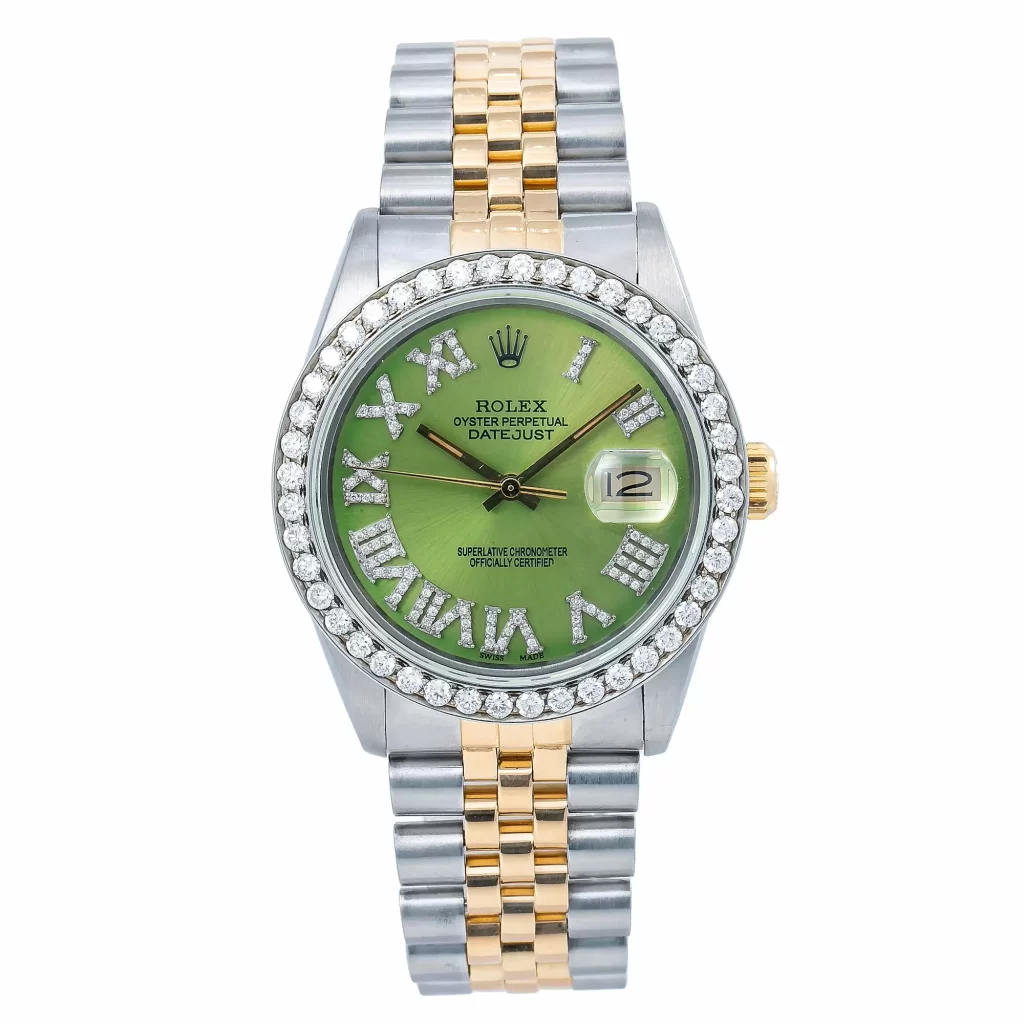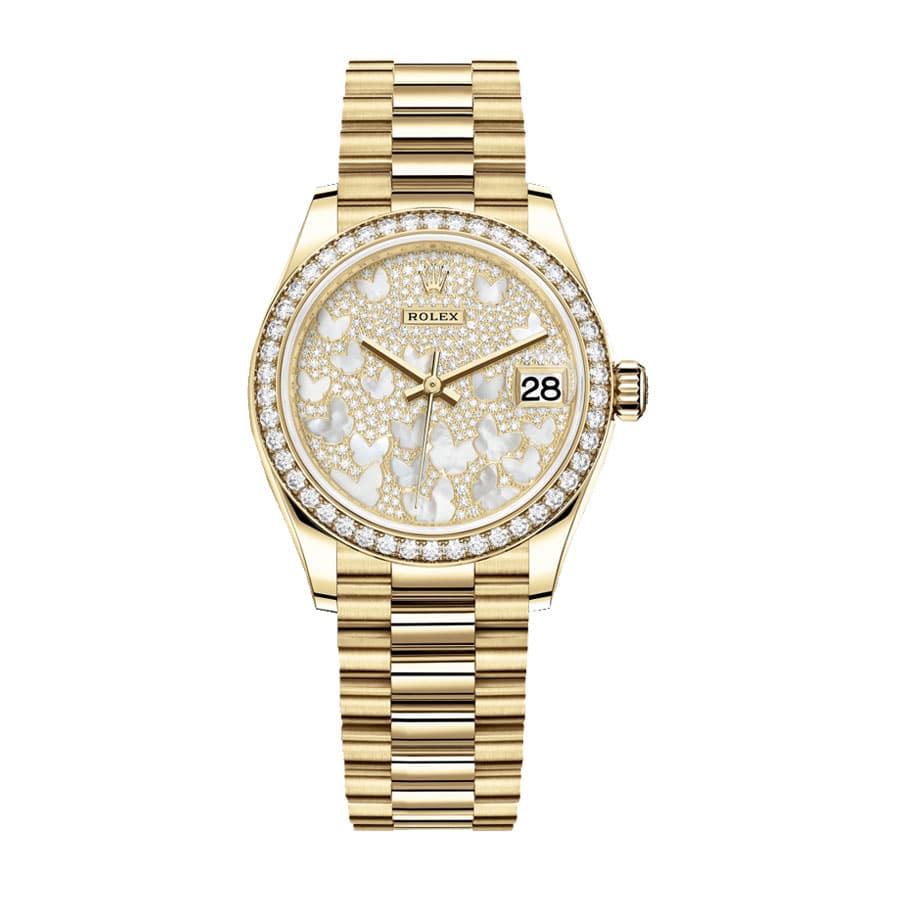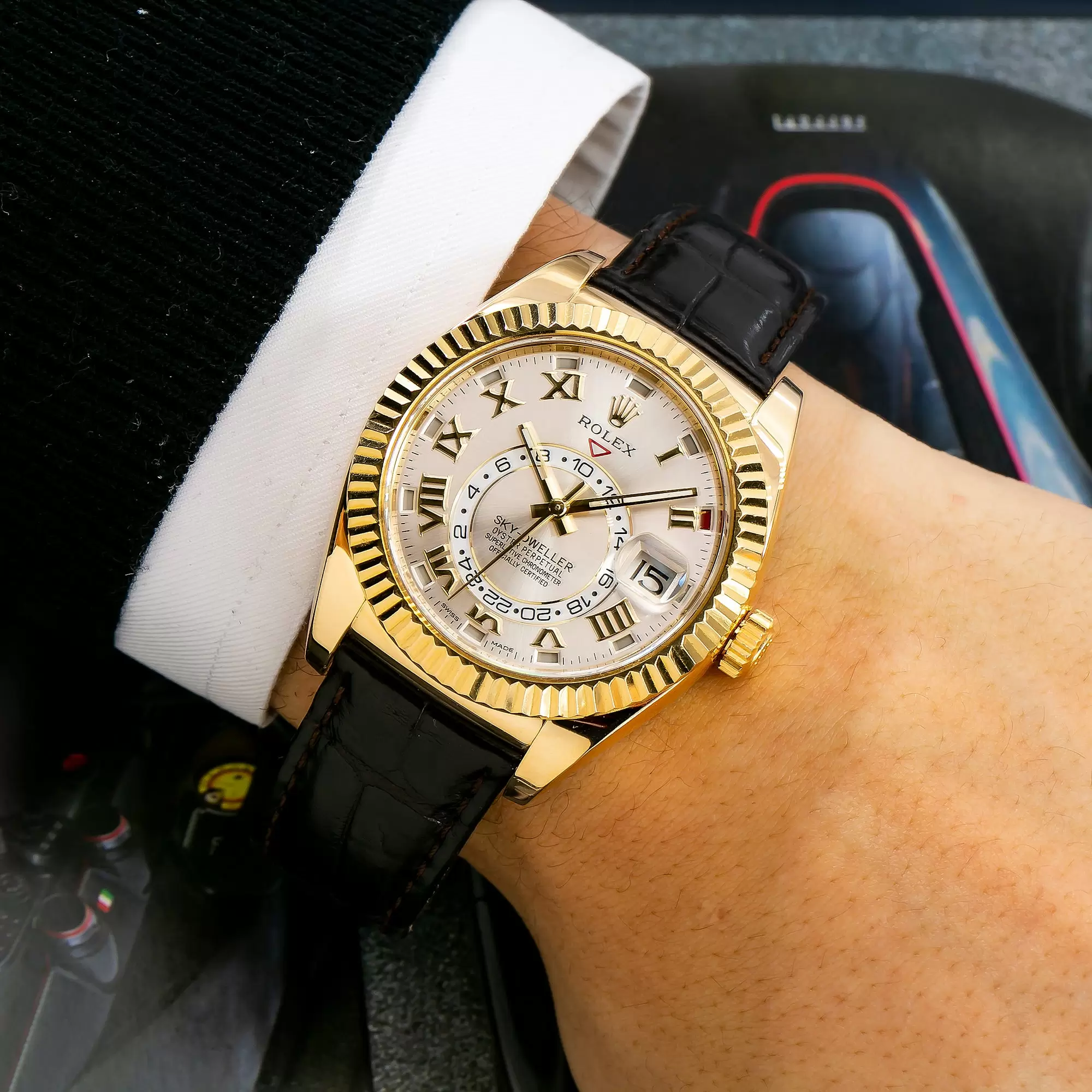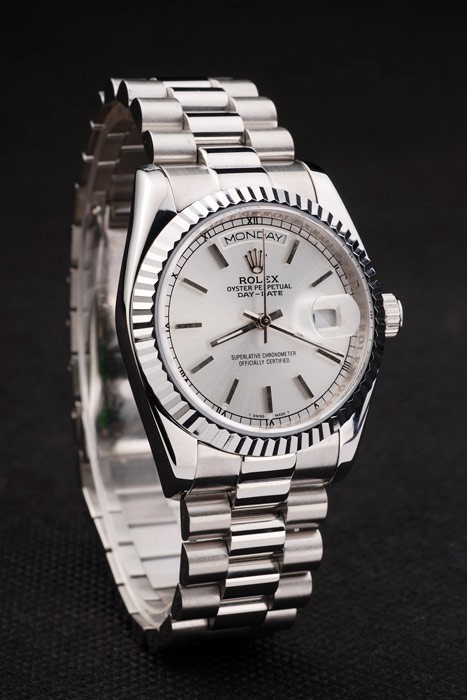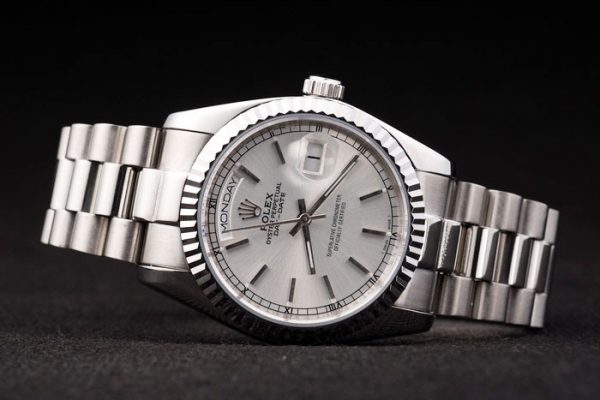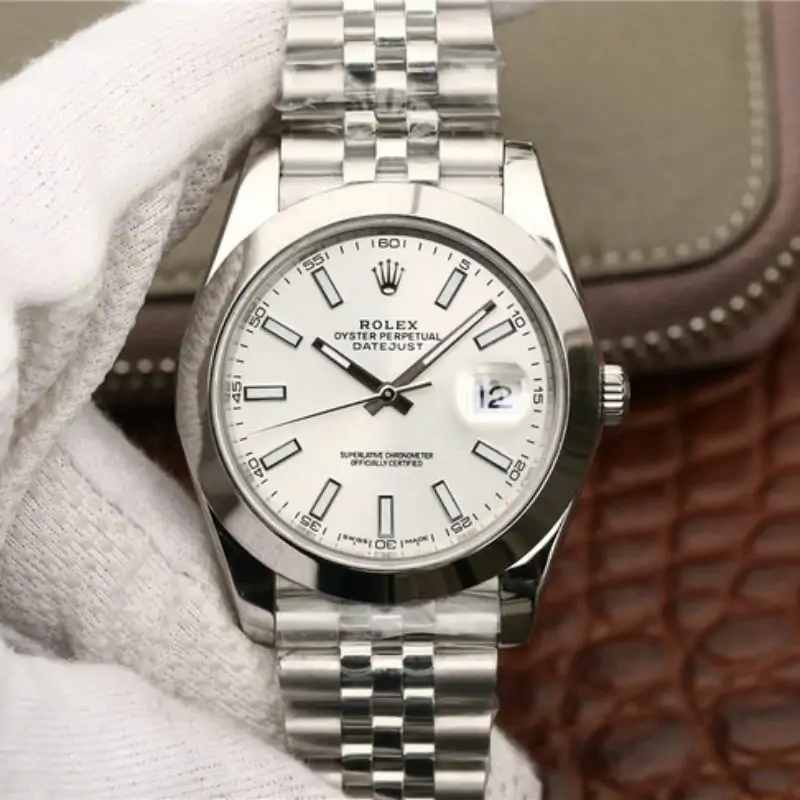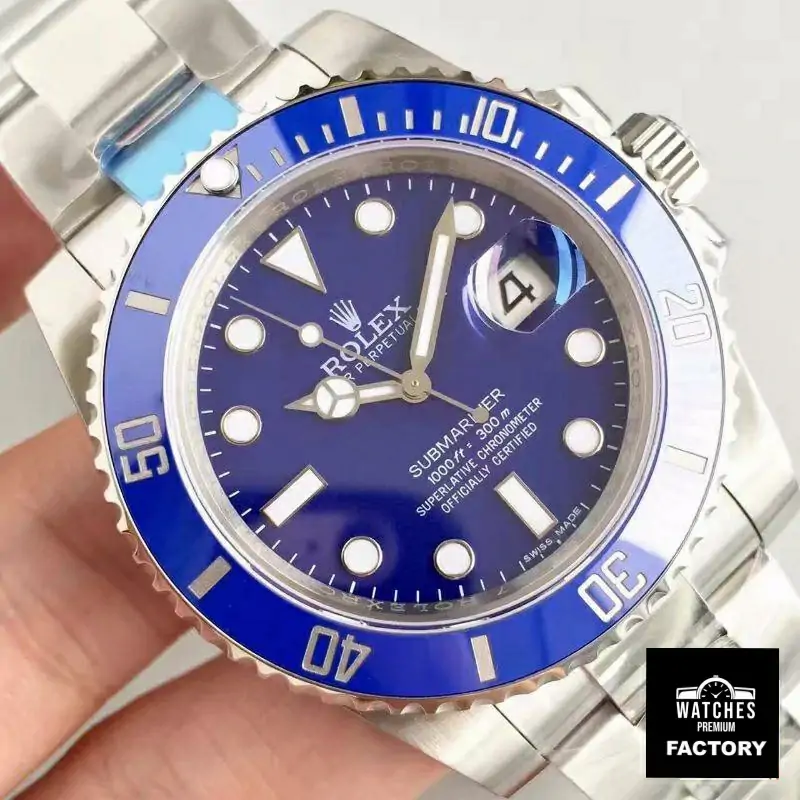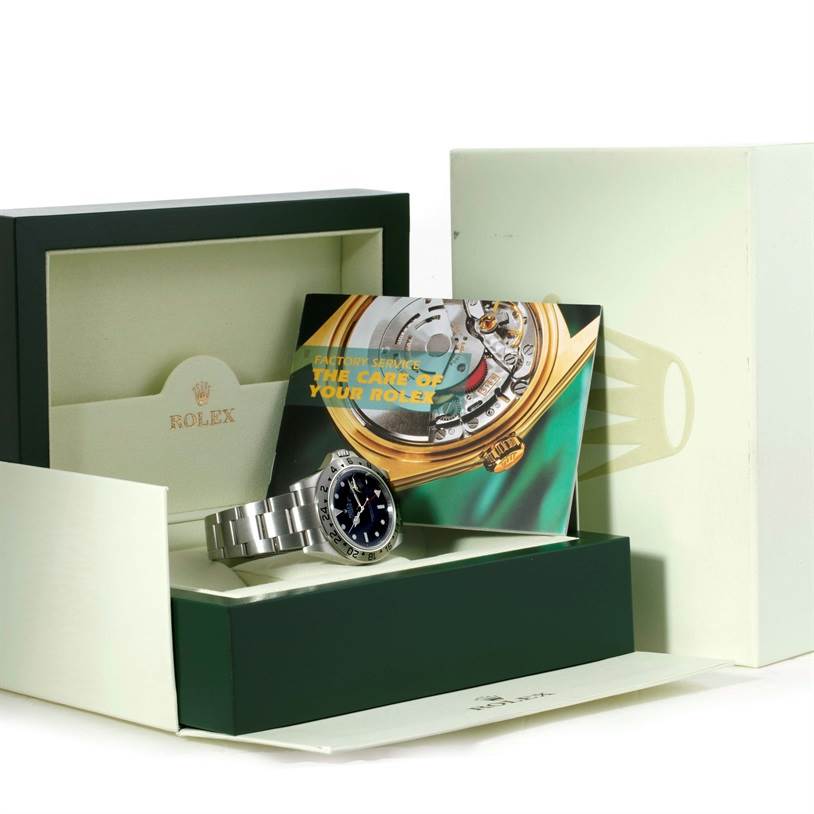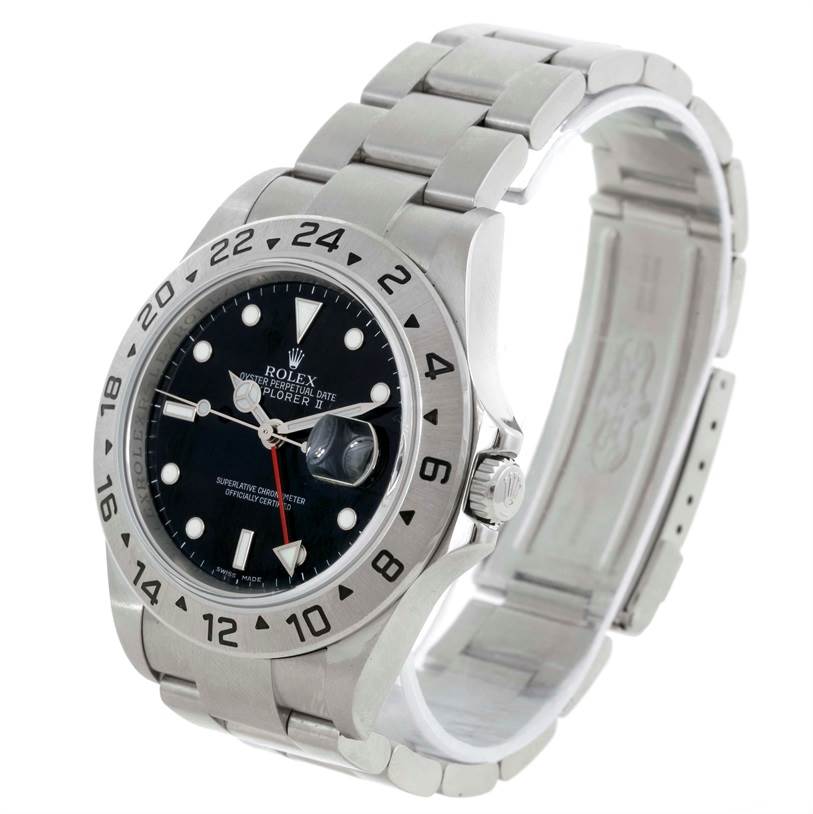Rolex’s Chronograph Legacy Before the Daytona Era
While the Rolex Daytona commands the spotlight in modern horology, its predecessors laid the groundwork for what would become a legendary lineage. Long before the Daytona’s rise, Rolex crafted chronographs that blended technical ingenuity with understated elegance-watches now revered by collectors for their historical significance and timeless design. These early models, often overshadowed by their iconic successor, reveal a narrative of innovation that shaped the brand’s trajectory.
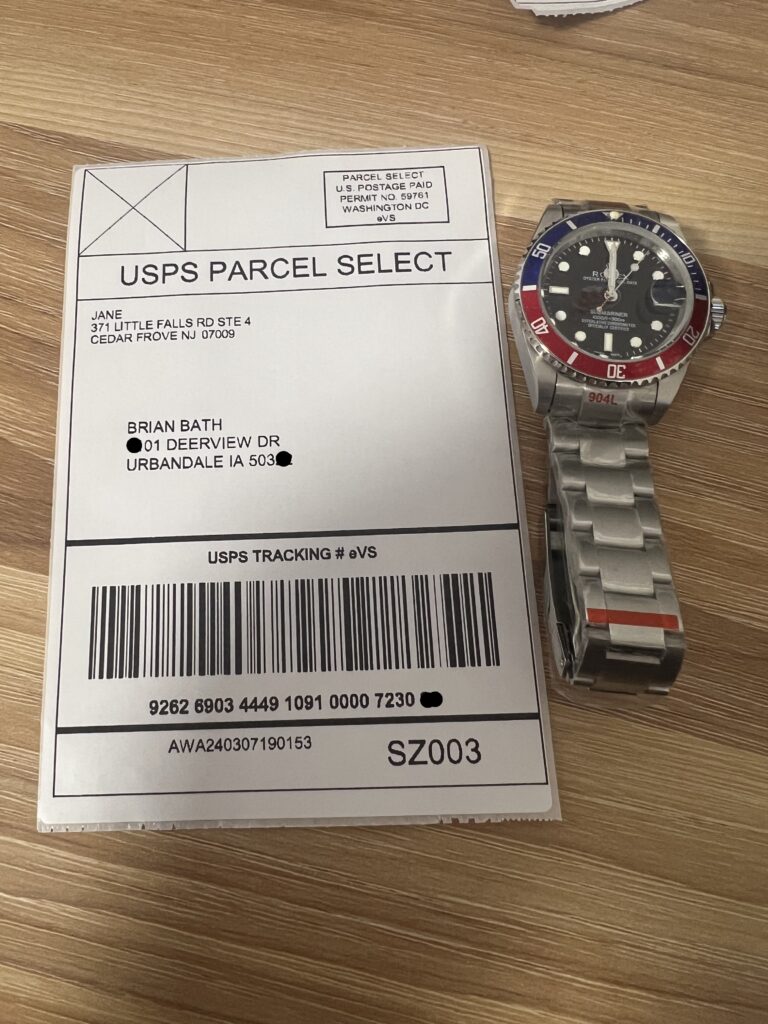
Among the most compelling is the Rolex Chronograph ref. 3525, introduced in 1938. Dubbed the “Monoblocco” for its seamless steel or gold case construction, this 35mm watch marked Rolex’s first foray into water-resistant chronographs. Its screw-down crown and caseback set a new standard, transitioning chronographs from dress accessories to robust tool watches. During WWII, Rolex offered these models to Allied prisoners of war, a gesture that cemented its reputation for reliability. Powered by the Valjoux 23 movement, the ref. 3525 featured dials adorned with tachymeter and telemeter scales, their once-vibrant hues now softened by decades of patina. Surviving examples, often auctioned between €35,000 and €85,000, serve as tangible relics of horological resilience.
By 1946, Rolex unveiled the ref. 4500, refining the Oyster case into a sleeker 36mm profile with angular lugs. Available in stainless steel, two-tone, or rare 9K pink gold, this model retained the Valjoux 23 but introduced applied markers and numerals, elevating its aesthetic appeal. Black-dial variants, though scarce, exude a restrained sophistication, while simplified dial iterations foreshadowed the brand’s shift toward cleaner designs. Despite a brief production run, the ref. 4500 remains a cornerstone of Rolex’s post-war innovation, with prices now ranging from €25,000 to over €50,000.
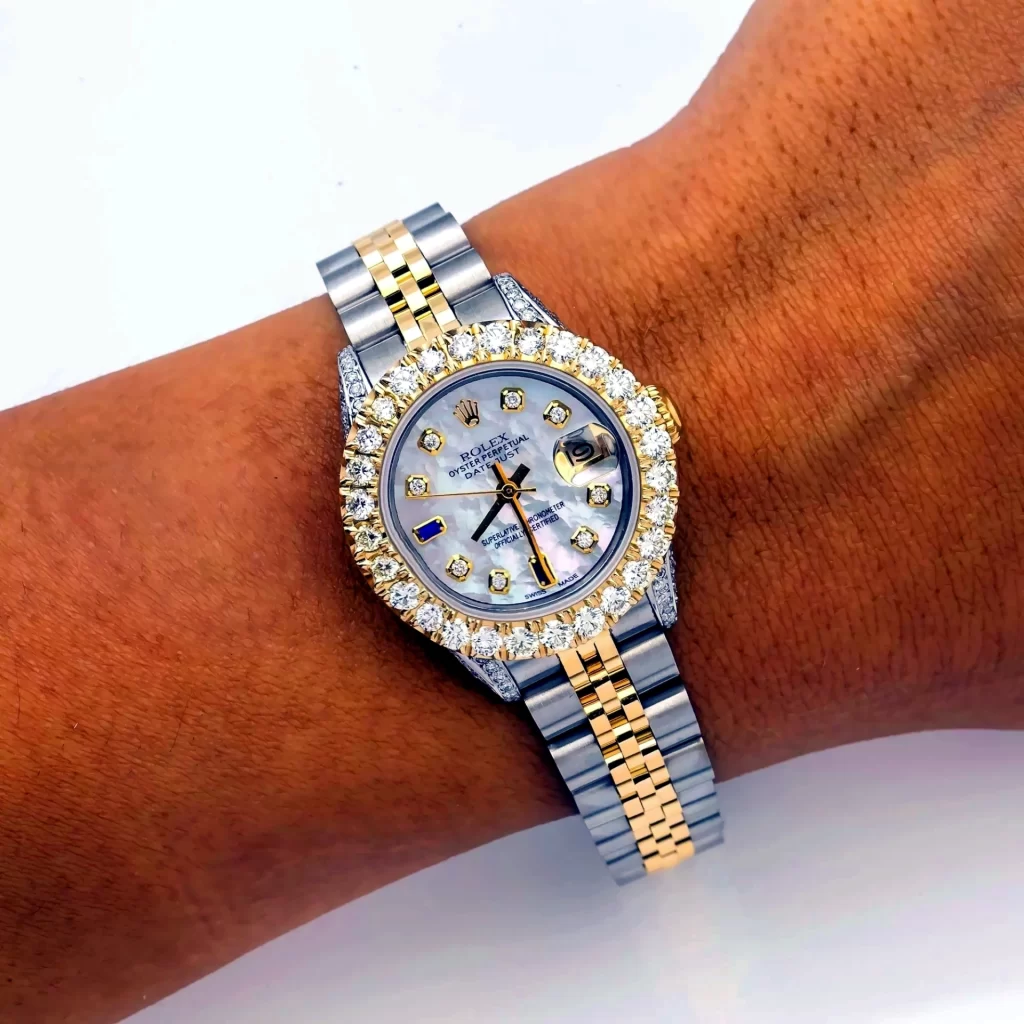
The elusive ref. 5034, produced for barely a year starting in 1949, represents a zenith of rarity. With only 24 examples crafted-12 each in yellow and pink gold-this 35mm chronograph featured a tri-compax layout and overlapping scales that prioritized charm over legibility. Beneath its ornate dial lay the Valjoux 72, a movement later immortalized in the Daytona. Today, the ref. 5034’s scarcity renders it a holy grail, commanding six-figure sums at auction and embodying Rolex’s experimental spirit.
Complexity reached new heights with the ref. 6236, a triple-calendar chronograph nicknamed the “Jean-Claude Killy.” Its 36mm case housed the Valjoux 72C, a movement capable of tracking day, date, month, and elapsed time. A blue-printed date scale and blued chronograph hand contrasted against its white dial, while dual corrector buttons on the case flank hinted at its mechanical ambition. Produced in minuscule numbers until 1962, the ref. 6236 remains a testament to Rolex’s mastery of complication-a bridge between vintage craftsmanship and modern ambition.
Culminating this lineage is the ref. 6238, the direct precursor to the Daytona. Produced from 1962 to 1968, its 36mm case and Valjoux 72B movement bridged eras, blending leaf hands and diamond markers with the sleeker baton indexes that defined later models. George Lazenby’s portrayal of James Bond in On Her Majesty’s Secret Service immortalized the ref. 6238 onscreen, yet its true legacy lies in its design evolution. With 14 dial variations-including coveted black-and-gold iterations-it remains a collector’s darling, prices soaring to €200,000 for pristine examples.
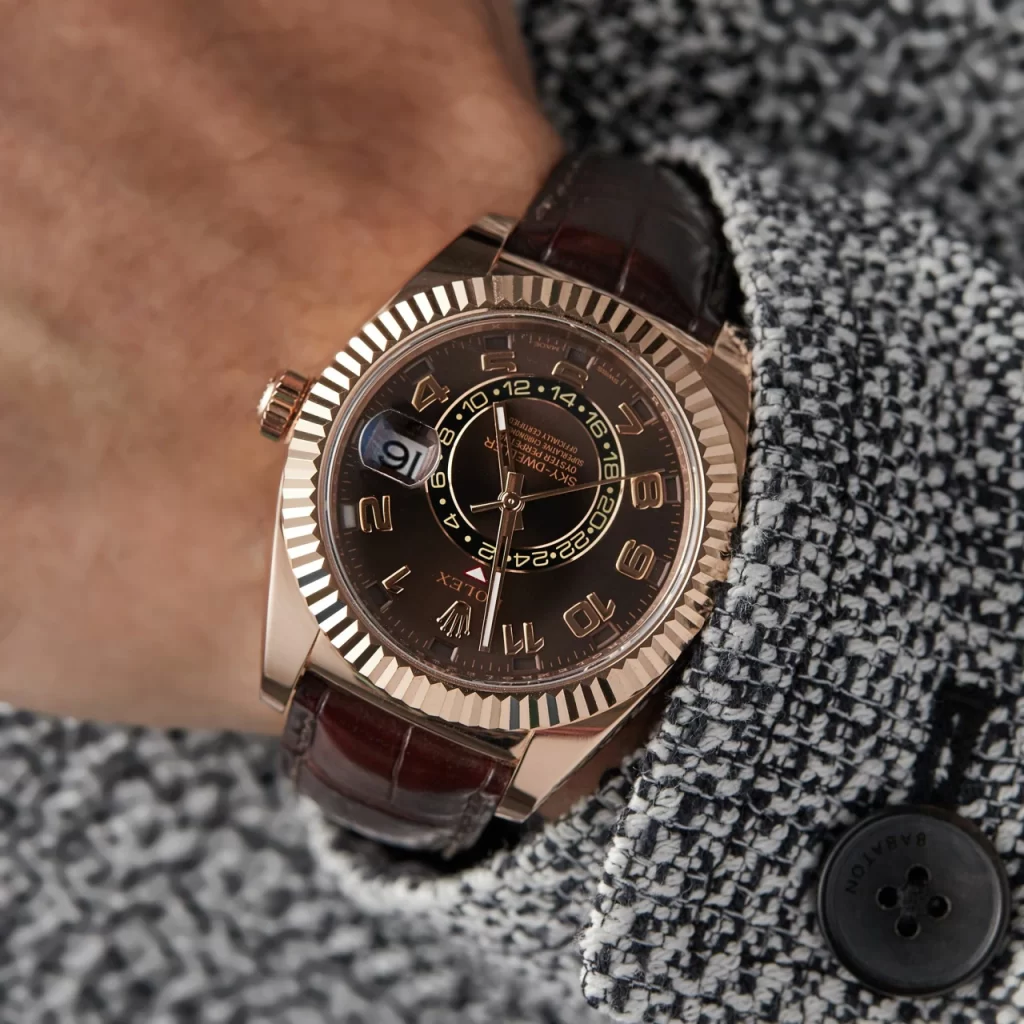
These chronographs, often overlooked in Daytona’s shadow, underscore Rolex’s relentless pursuit of precision. From wartime endurance to horological complexity, each model encapsulates a chapter in the brand’s journey. For collectors, they offer more than mechanical artistry; they are chronicles of a time when Rolex redefined what a chronograph could be-a legacy as enduring as the watches themselves.
